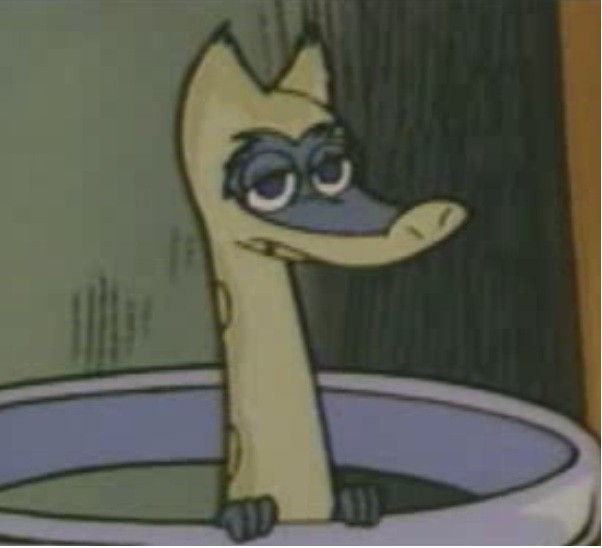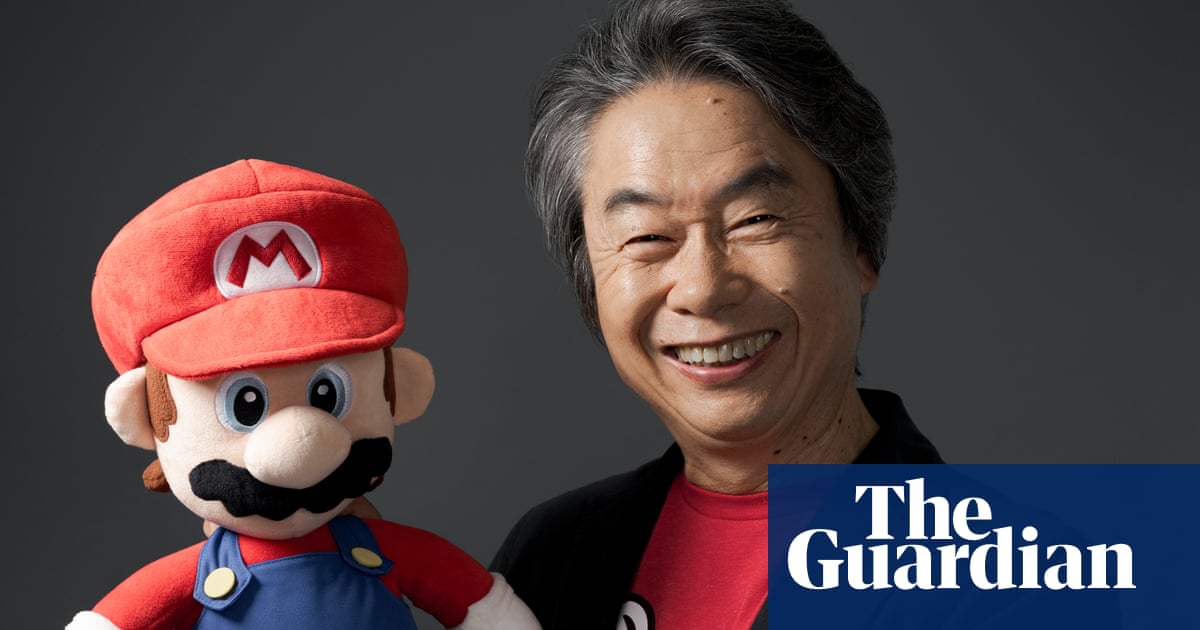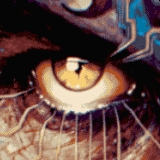- cross-posted to:
- nintendo@lemmy.world
- cross-posted to:
- nintendo@lemmy.world
Hell yeah, king, let’s get weird with it
2024 goals just be weird about it
Shigeru Miyamoto is a legend. He comes off as very humble in this interview, too.
Nintendo must be unique in their retention of talent long term; it was really cool reading the part of the article talking about the intergenerational teams, with original designers working alongside developers who played their games as children. Can you imagine going to work with those responsible for your childhood favourite games?
Perhaps Nintendos vicious lawsuits against anything remotely related to their IP’s is finding the bonus checks 🤣
🤖 I’m a bot that provides automatic summaries for articles:
Click here to see the summary
When you look into the company’s department store outlets in Japan, a dozen colourful characters stare back at you from reams of merch: Animal Crossing cookware, Super Mario gloves, Zelda wallets and ties, Pikmin vases.
Like most Nintendo fans, I tend to imagine him wearing the broad, irresistible grin that he’s worn on the stages of countless gaming conventions and in promotional videos.
Donkey Kong was an enormous global arcade hit, introducing two characters that are still instantly recognisable today: the titular gorilla, and his nemesis Jumpman – now known as Mario.
When the Famicom came out in the US in 1985, it debuted alongside the first Super Mario Bros game, which Miyamoto designed on graph paper with co-designer Takashi Tezuka.
He is certainly a big-ideas person, but he also gets a lot of joy out of finessing the fun: “In the beginning, I like to focus on the bigger picture, make sure the idea is novel, and from there until the end – even sometimes after we’ve sent things to the factory – I like to brush up on the details.
When I spoke to fellow long-time Nintendo creative Shinya Takahashi in 2019, he gave the impression that, at that time, Miyamoto’s role largely involved passing judgment on new prototypes.
Saved 89% of original text.
Mission accomplished. Many, many times over.





